Intended Audience
This strategy guide is designed for home services companies that respond to storm-related wind damage:
- Roofing contractors
- Siding and gutter specialists
- Storm restoration and exterior repair businesses
Whether you’re:
- Preparing for hurricane season,
- An existing LettrLabs customer exploring Storm Automation, or
- A business evaluating how to generate more leads post-storm—
…this playbook will show you how to use Storm Automation to capture demand from wind events quickly, control spend, and maintain sensitivity in affected communities.
Why Wind Automations Matter This Season
Hurricane season brings high winds that damage roofs, siding, gutters, and windows—creating urgent demand for repair services.
The challenge? By the time you’ve pulled a list, designed a mailer, and sent it, competitors are already in the neighborhood.
Wind-triggered Storm Automation in LettrLabs solves this by:
- Speed → Campaigns can be ready the same day high winds hit.
- Control → New approval workflows ensure you only mail when it makes sense.
- Precision → Define wind speed, property type, and homeowner-only targeting.
Together, these features let you move fast without wasting budget or risking tone-deaf outreach.
Best Practices for Execution
1. Define a Wide Service Area
Use a polygon map to set your service area as large as possible—even slightly beyond your true footprint.
Why: The larger your area, the more windstorms will trigger alerts. You can always skip or refine later during approval.
📌 Example: A Greater Houston polygon that includes surrounding coastal areas, not just the city center.
2. Set Wind Criteria Thoughtfully
Wind is one of the most reliable triggers for roof and exterior repair needs.
- Recommended range: 75–120 mph (damage typically begins around 75 mph).
- Broader criteria = more alerts, but you’ll refine later at approval.
- Always target single-family homeowners—they’re the budget decision makers.
- Suggested card caps: 2,000–3,000 max per storm, with 1,000 as a minimum.
This balance ensures you stay relevant without overspending.
3. Choose Map Type for Maximum Reach
LettrLabs offers two map options for wind events:
- Meteorologist + Algorithmic Maps (Largest Reach): Best for maximizing alerts. Combines accuracy with broad coverage.
- Meteorologist Maps (Most Accurate): Smaller, tighter footprints.
👉 For wind events during hurricane season, start with Meteorologist + Algorithmic Maps. Since approval comes before any mail goes out, it’s safe to start broad and then refine storm-by-storm.
4. Leverage the Approval Workflow
The new approval process gives you flexibility storm by storm.
- When a windstorm matches your criteria, you’ll get an email alert.
- Log into My Storms to review. Options: Approve, Refine, or Skip.
Examples:
- Storm triggers below 75 mph threshold → Skip to avoid wasted spend.
- Storm qualifies but impacts 80,000 homes → Refine to mail 2,000–3,000.
This ensures you capture opportunity without losing control of budget or sensitivity.
5. Avoid Tone-Deaf Outreach
Not every wind event should trigger a campaign.
📌 Example: Entire neighborhoods severely damaged or uninhabitable = not the right time to mail homeowners about roofing services.
Approval workflows protect your brand by letting you pause or skip outreach when it would appear insensitive.
Strategic Recommendations
- Always set service areas wide → More alerts, more chances to decide.
- Use approvals intelligently → Quality storms over sheer quantity.
- Keep wind criteria realistic → 75–120 mph aligns with actual damage thresholds.
- Leverage refinement tools → Balance reach with budget caps.
- Stay empathetic → Messaging should be helpful, not opportunistic.
Key Takeaways
Storm Automation (Wind) = Speed + Control + Precision.
- Be first in the mailbox after high-wind events.
- Automate the busywork, but keep full control over spend.
- Use approvals and filters to stay smart, sensitive, and efficient.
💡 Want to see Storm Automation in action? Book a quick walkthrough with our team and learn how home services companies are capturing leads after wind events with LettrLabs.


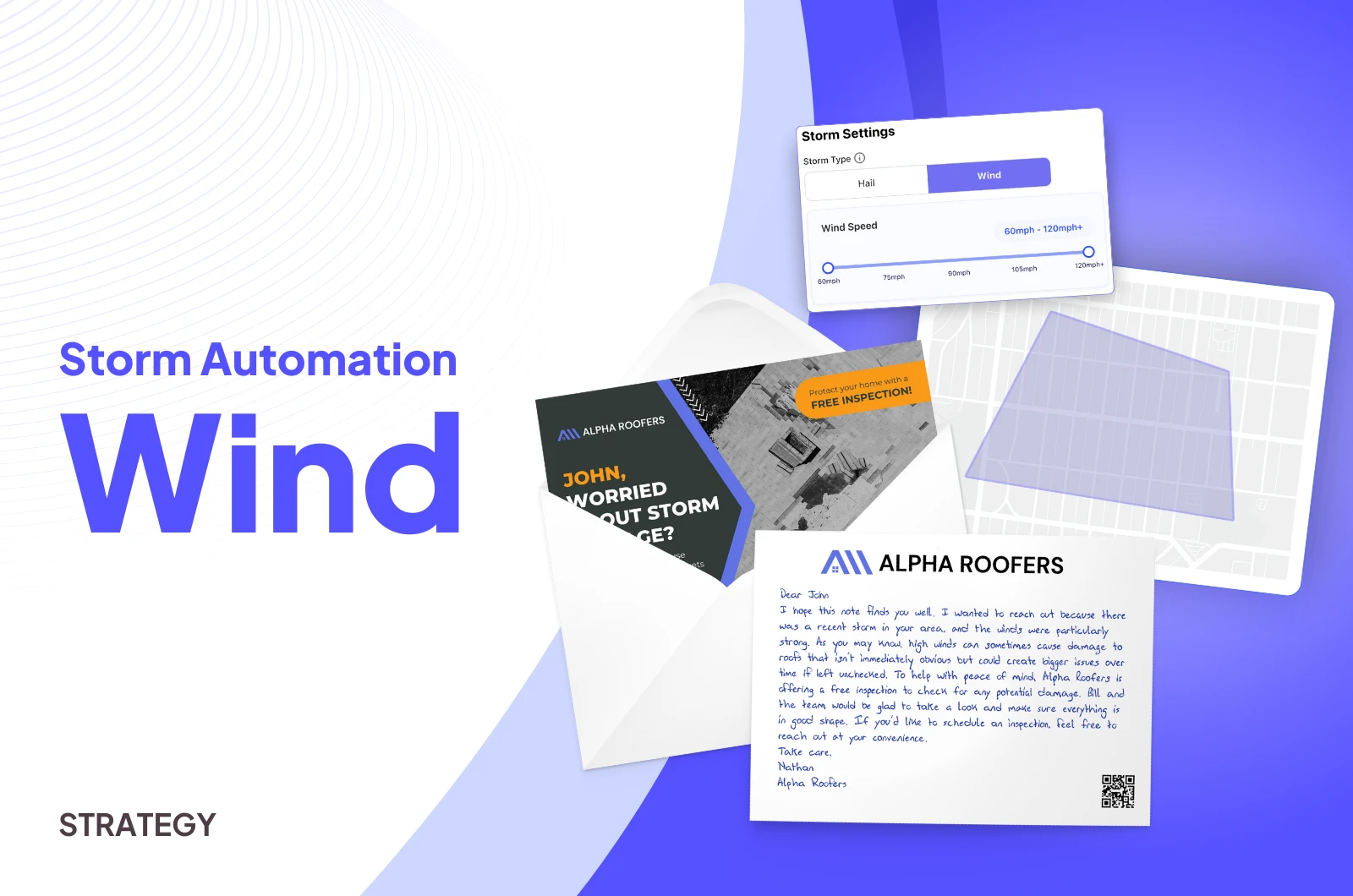



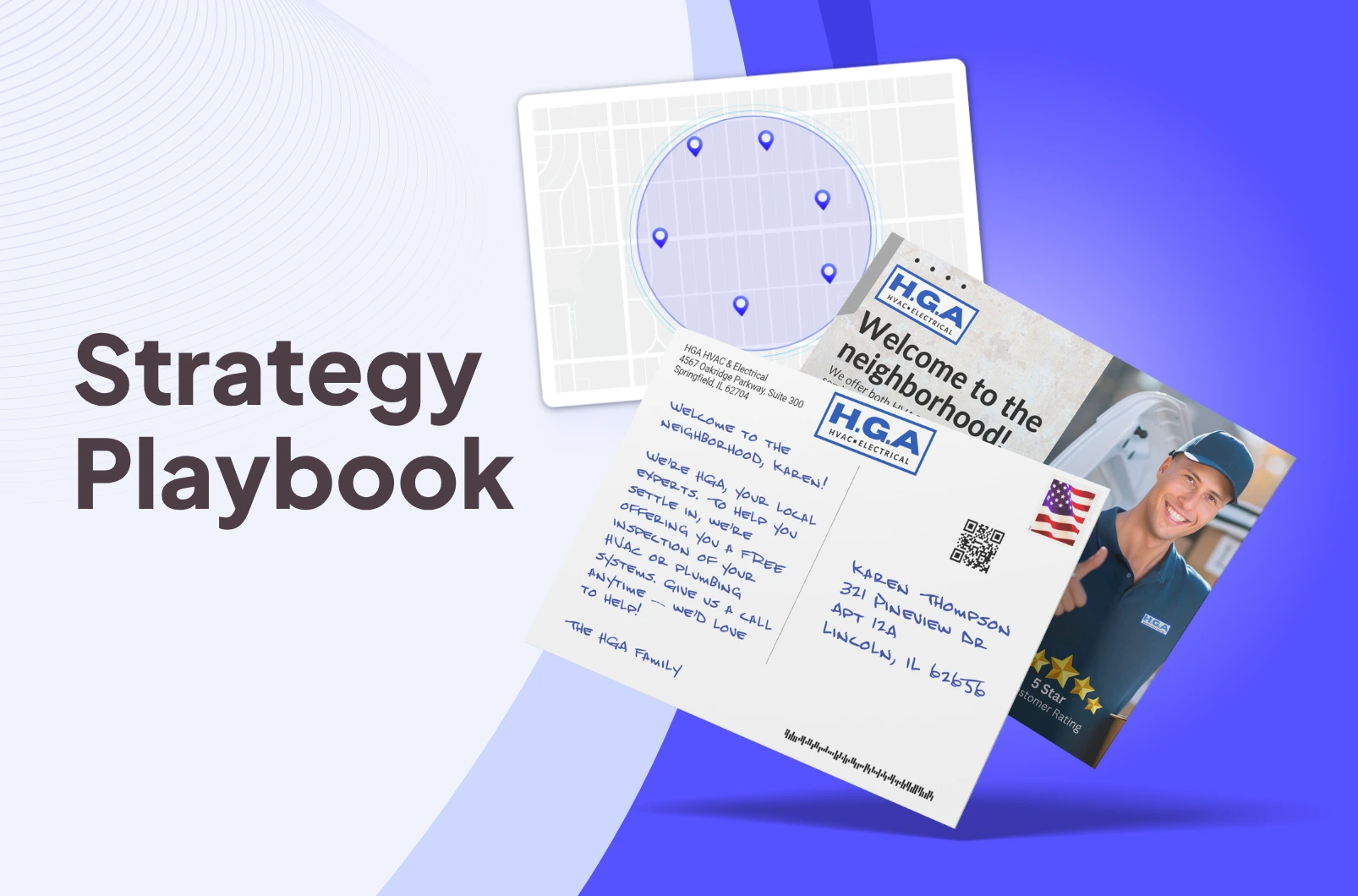
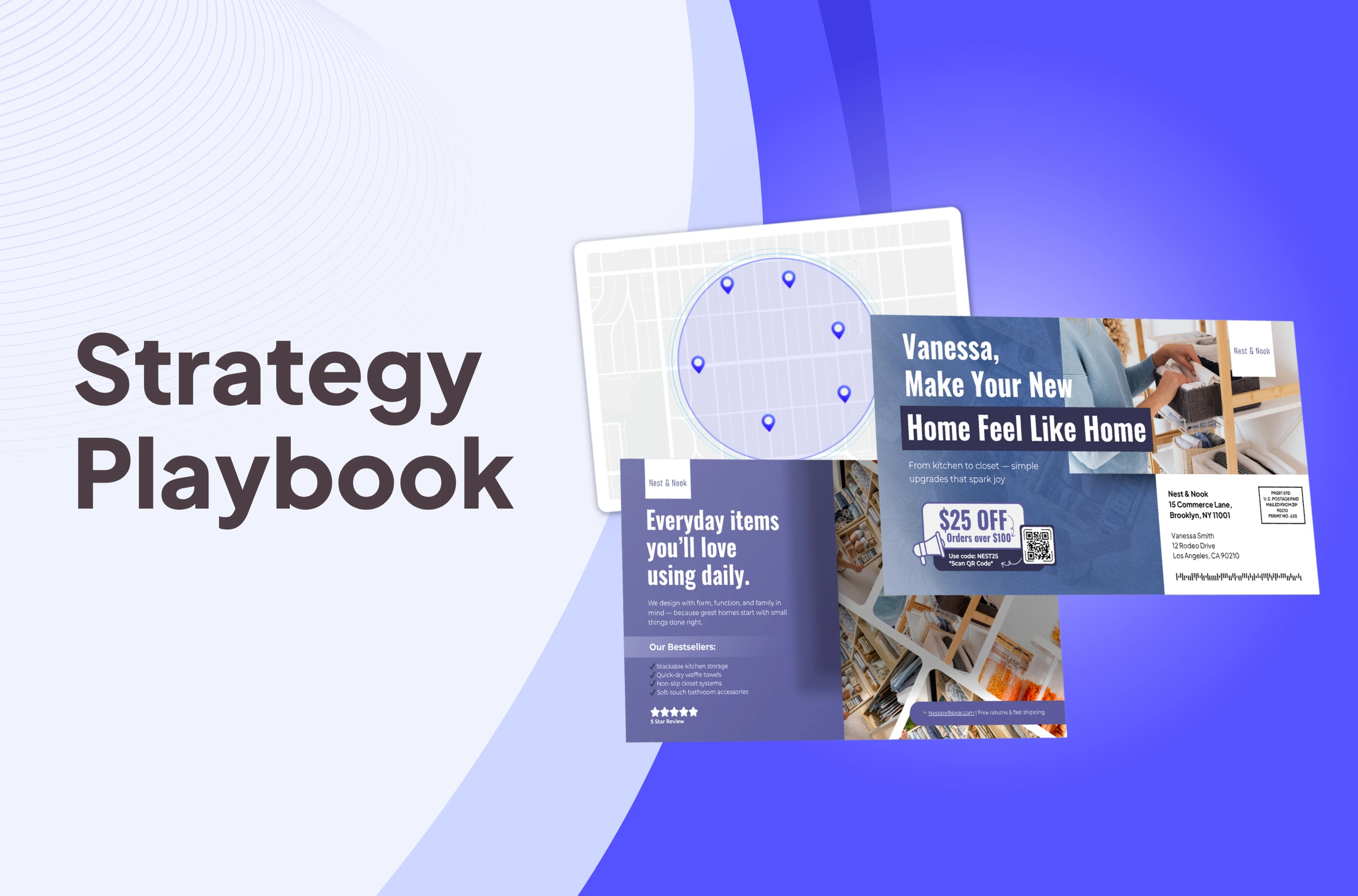
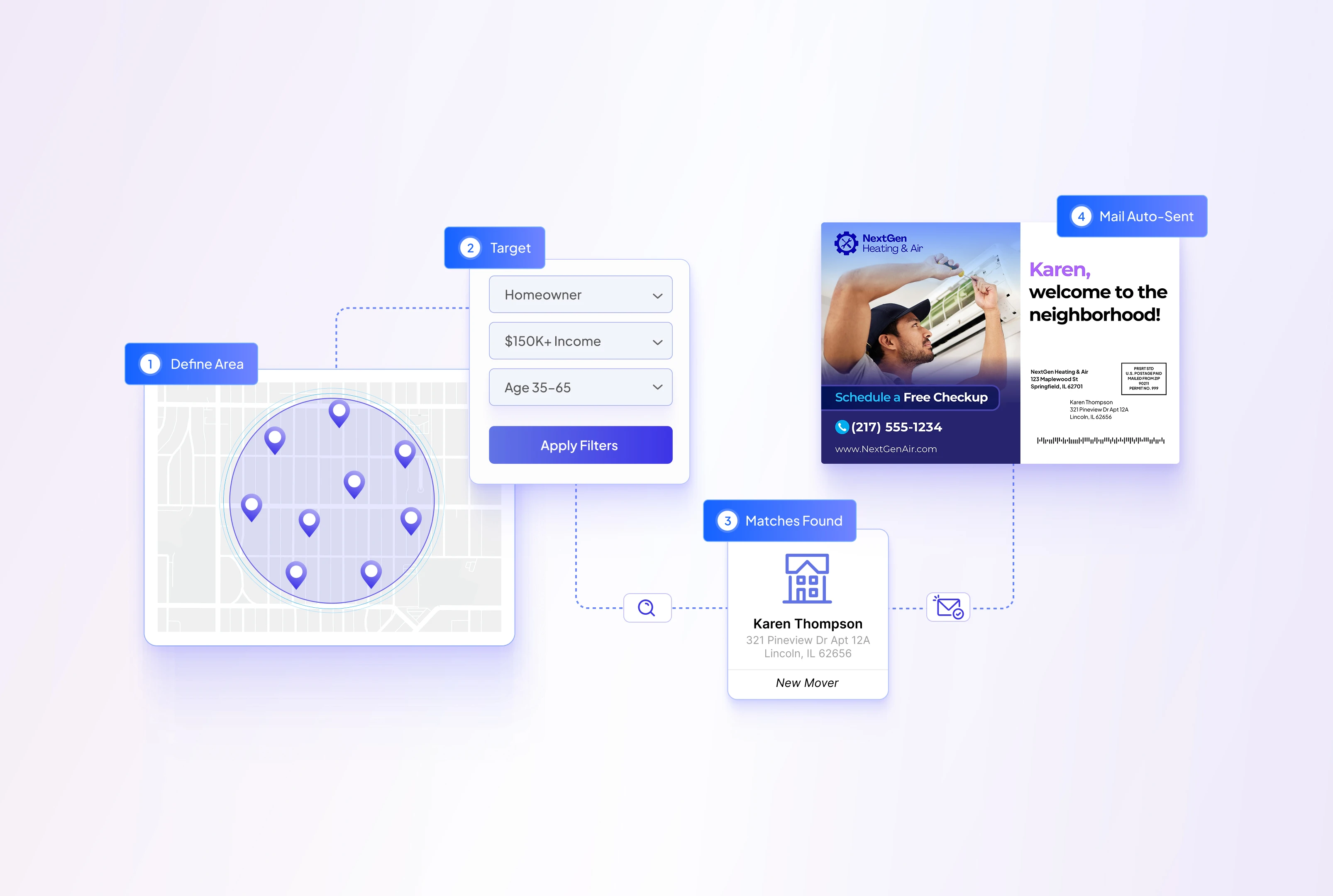
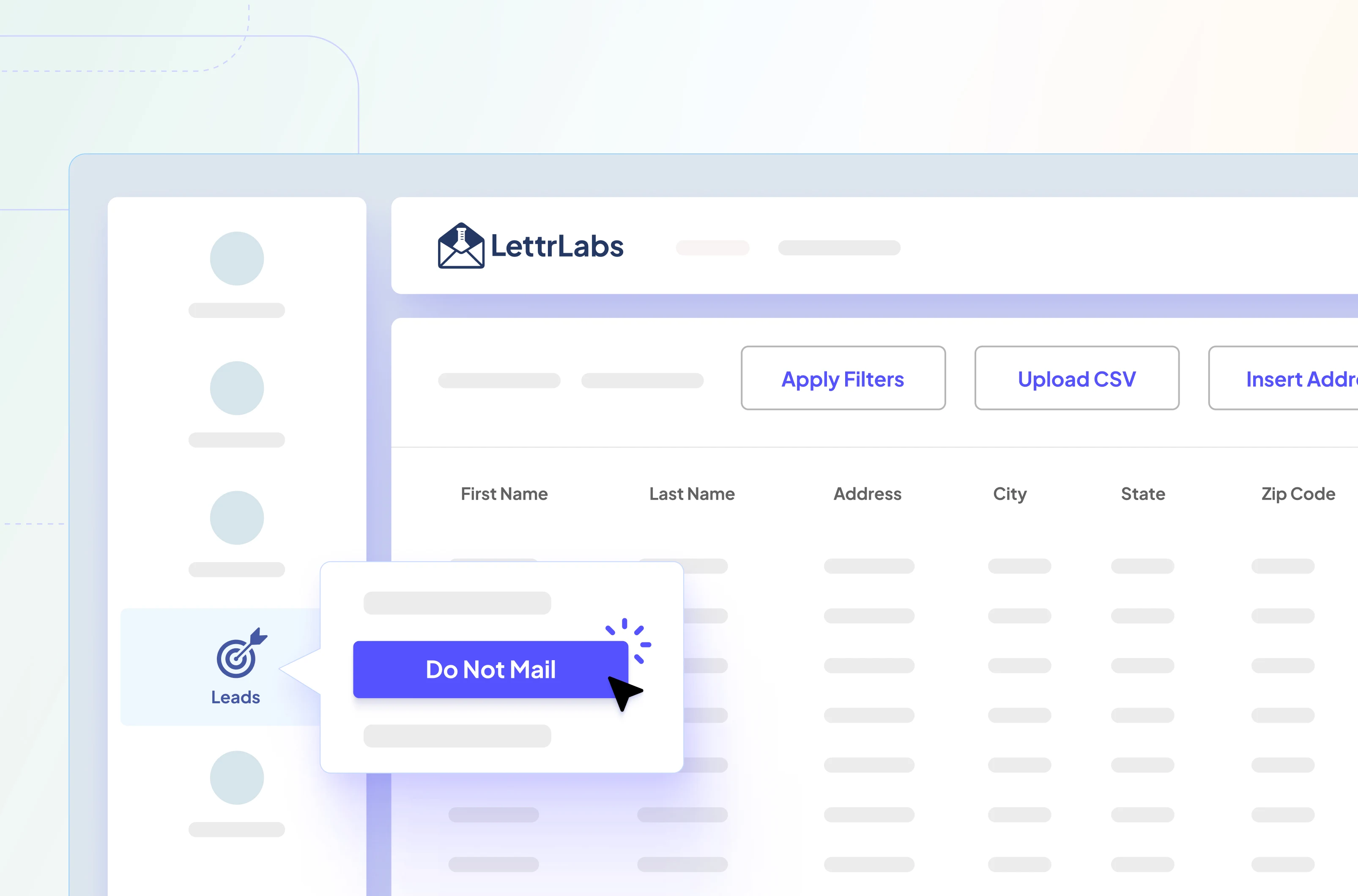
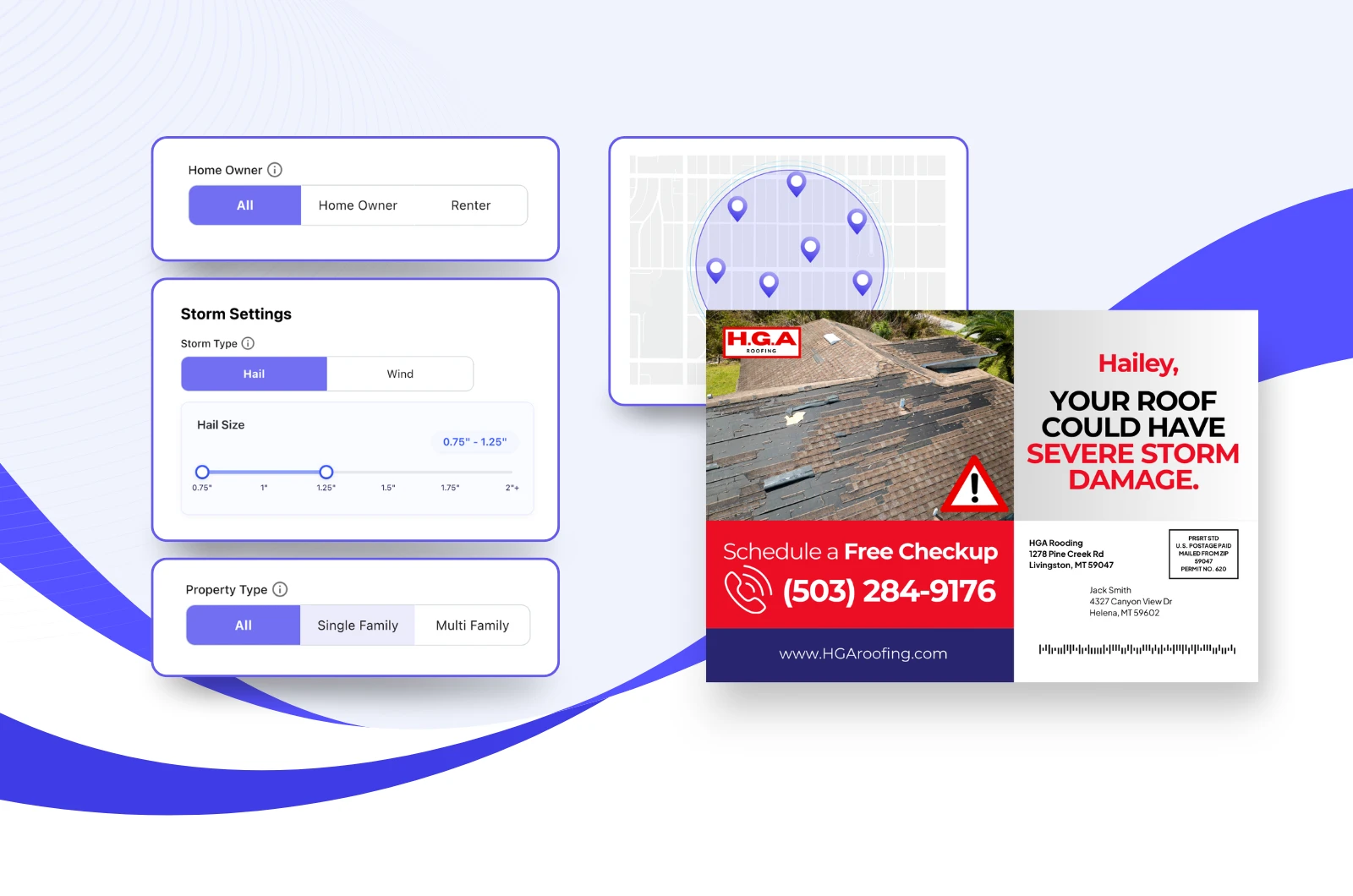

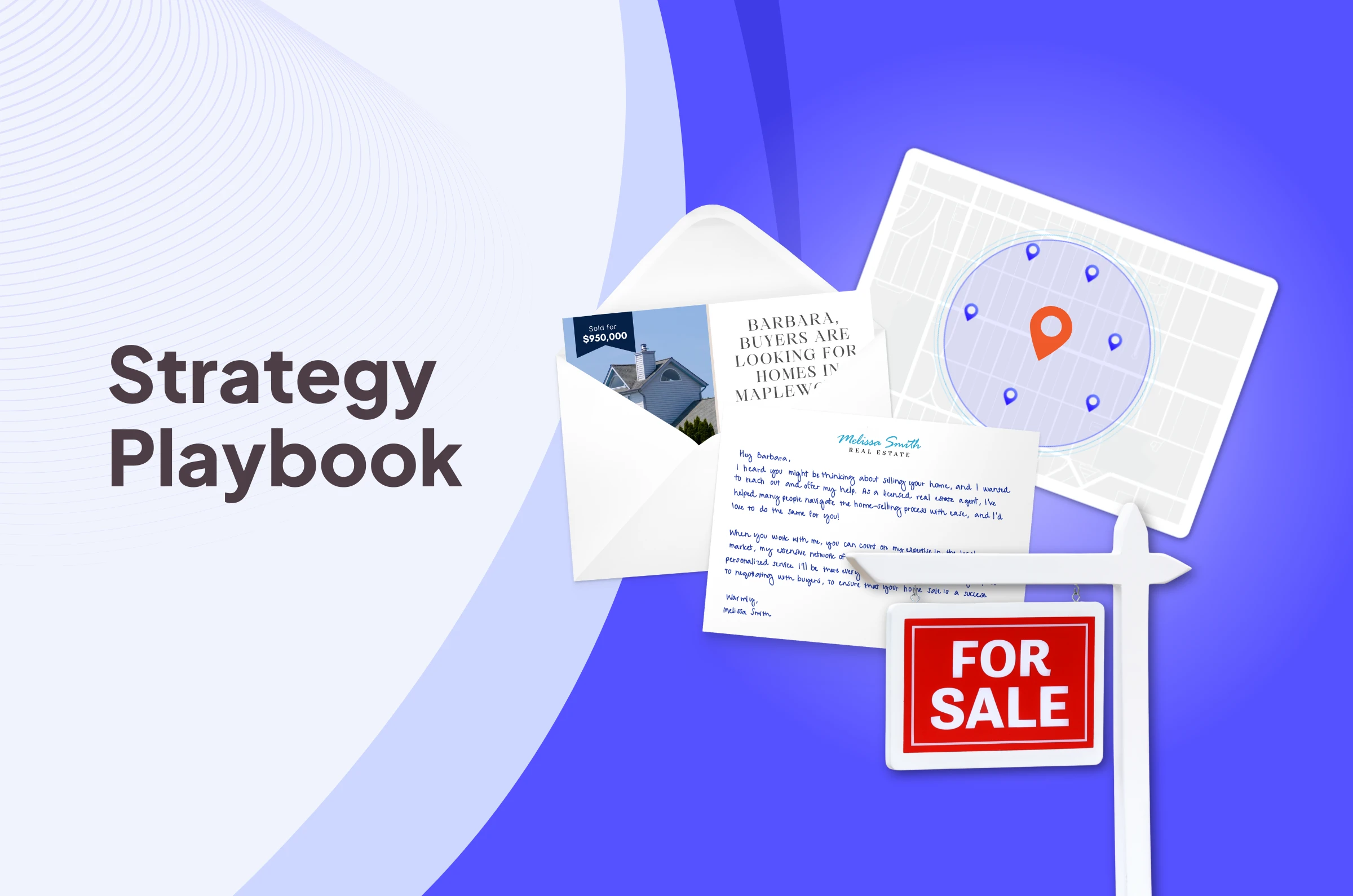

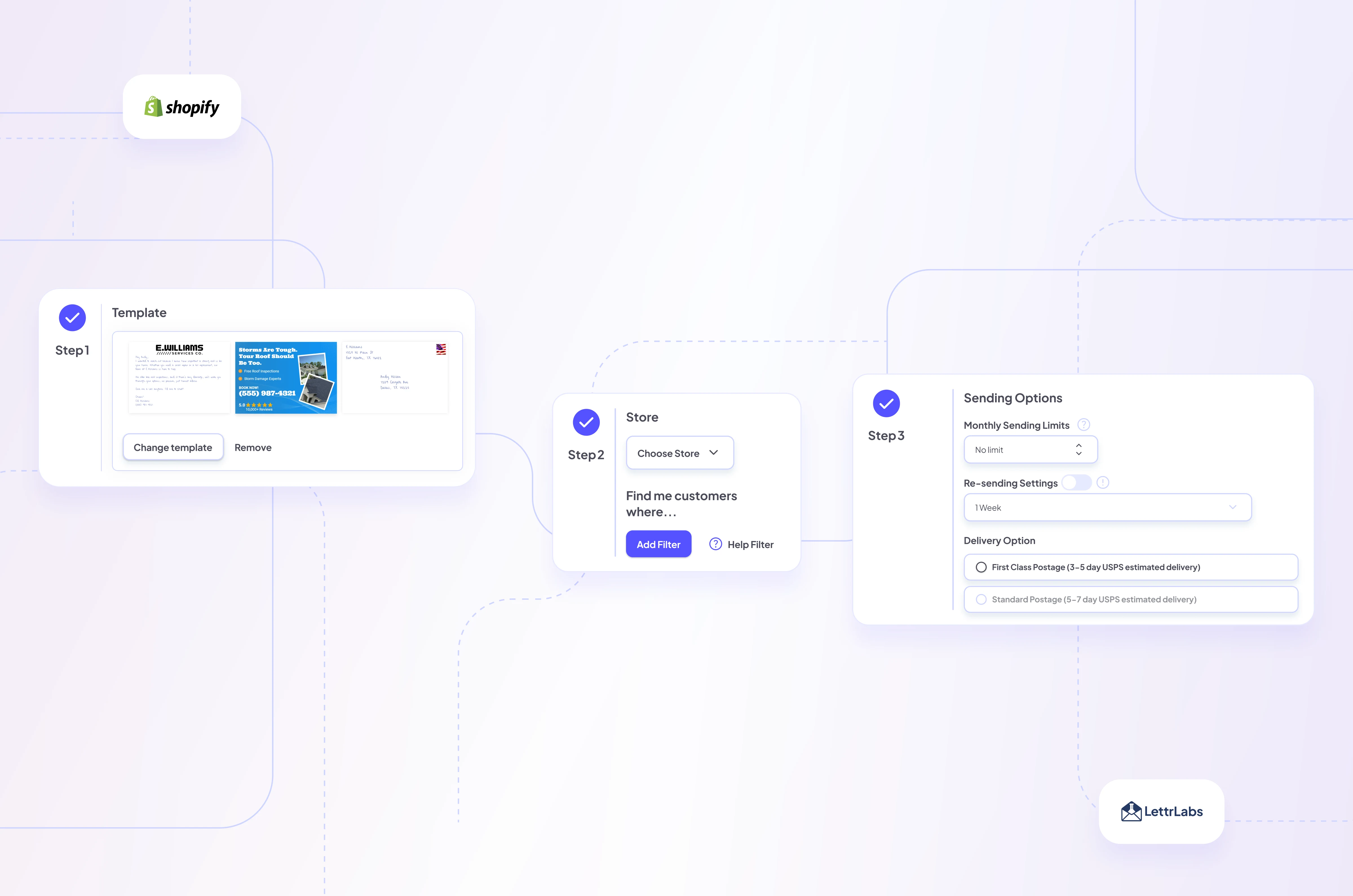
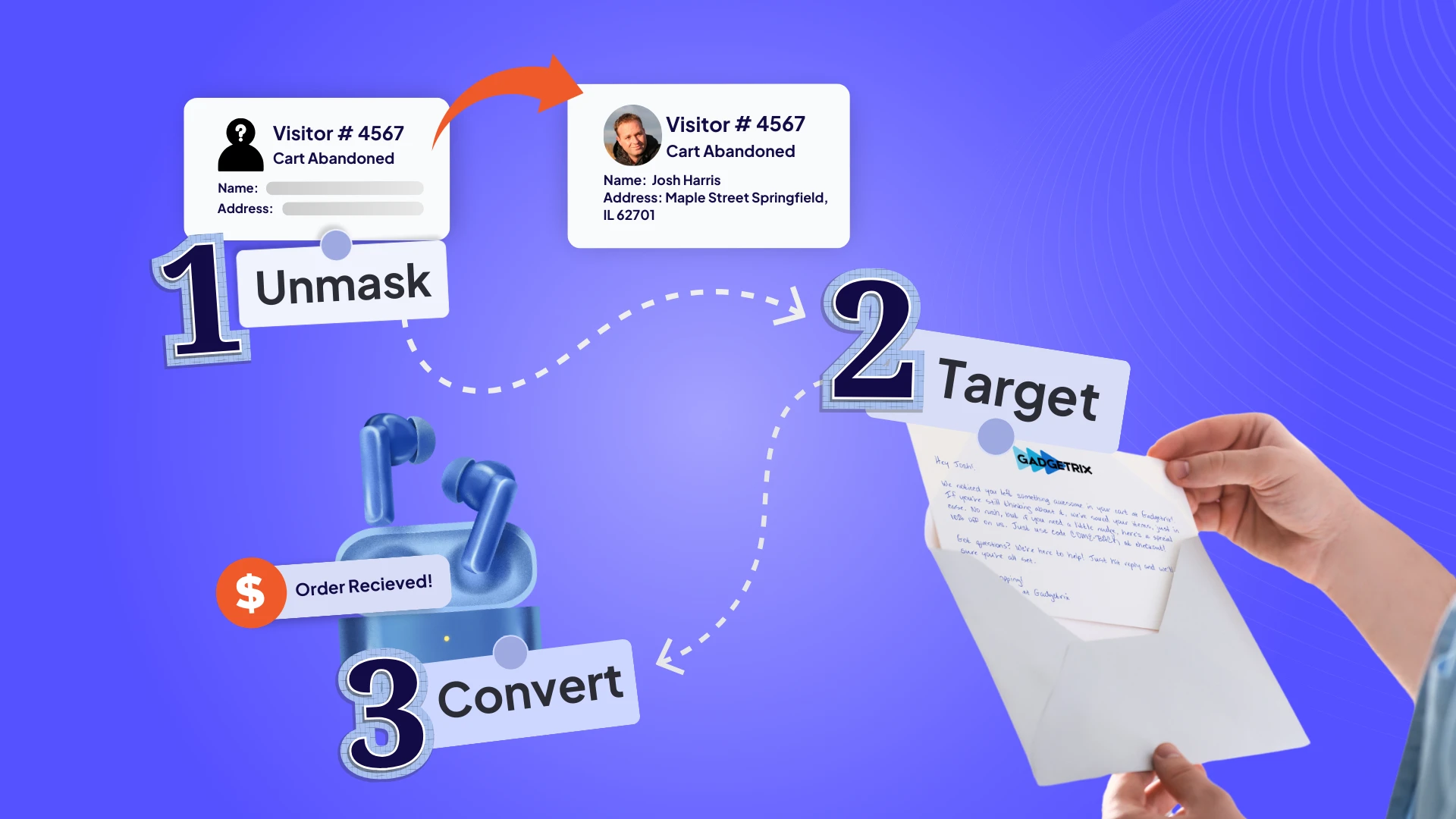
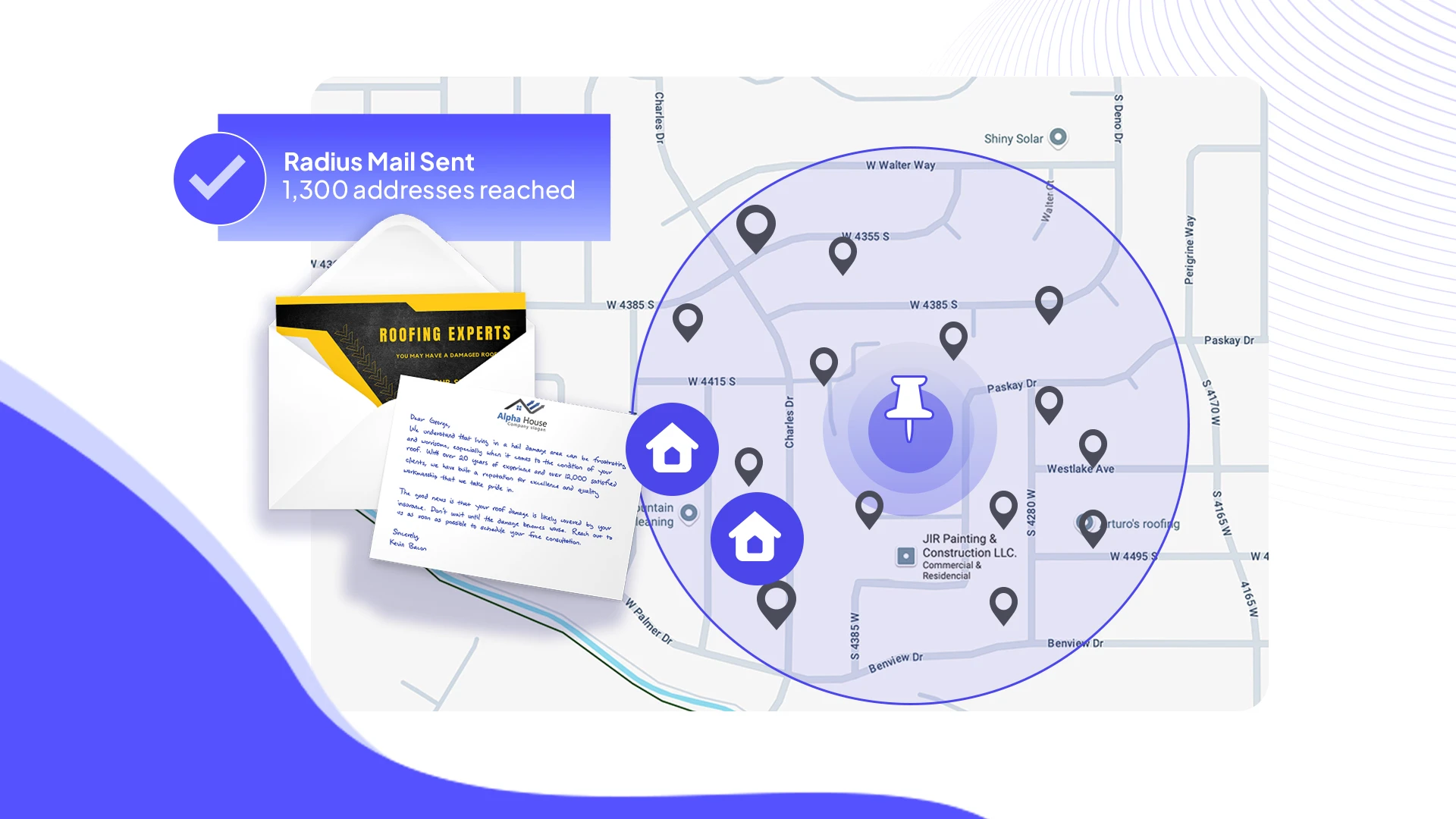
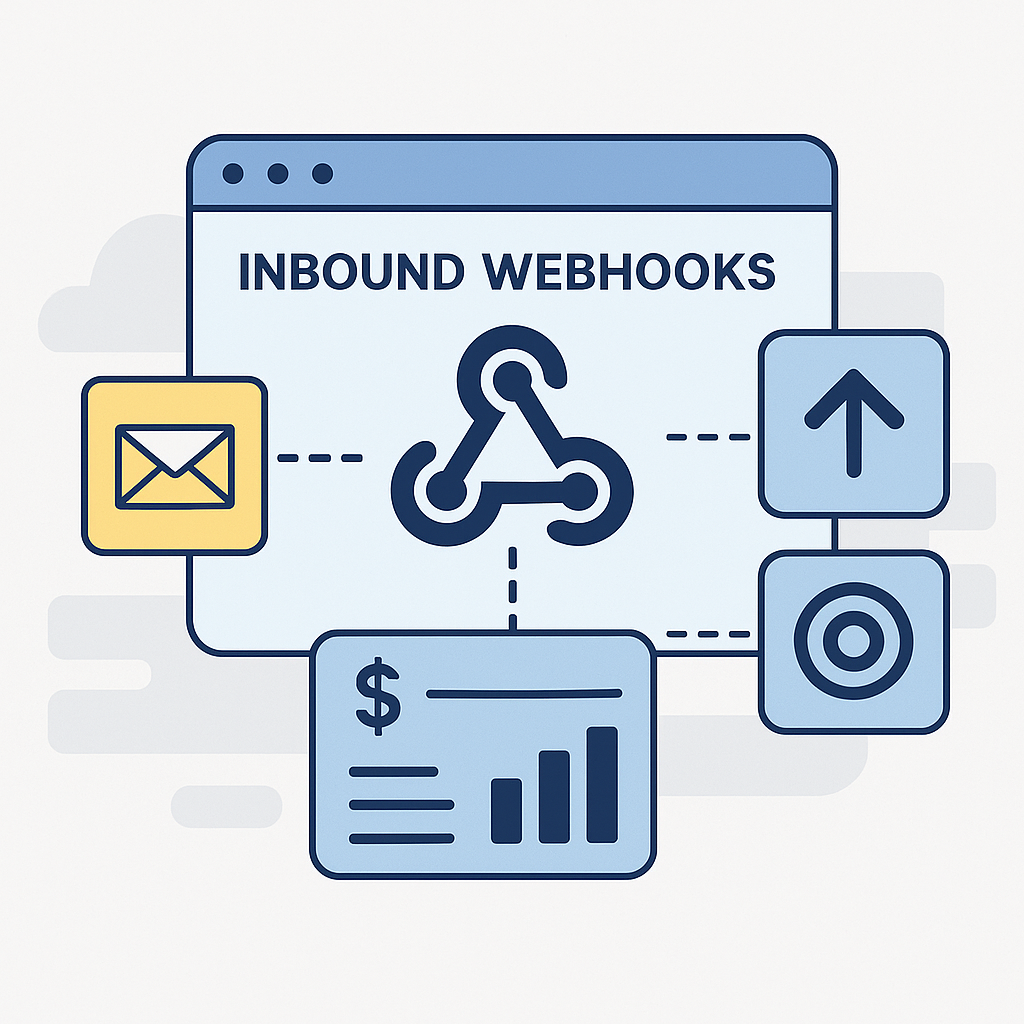







.png)





